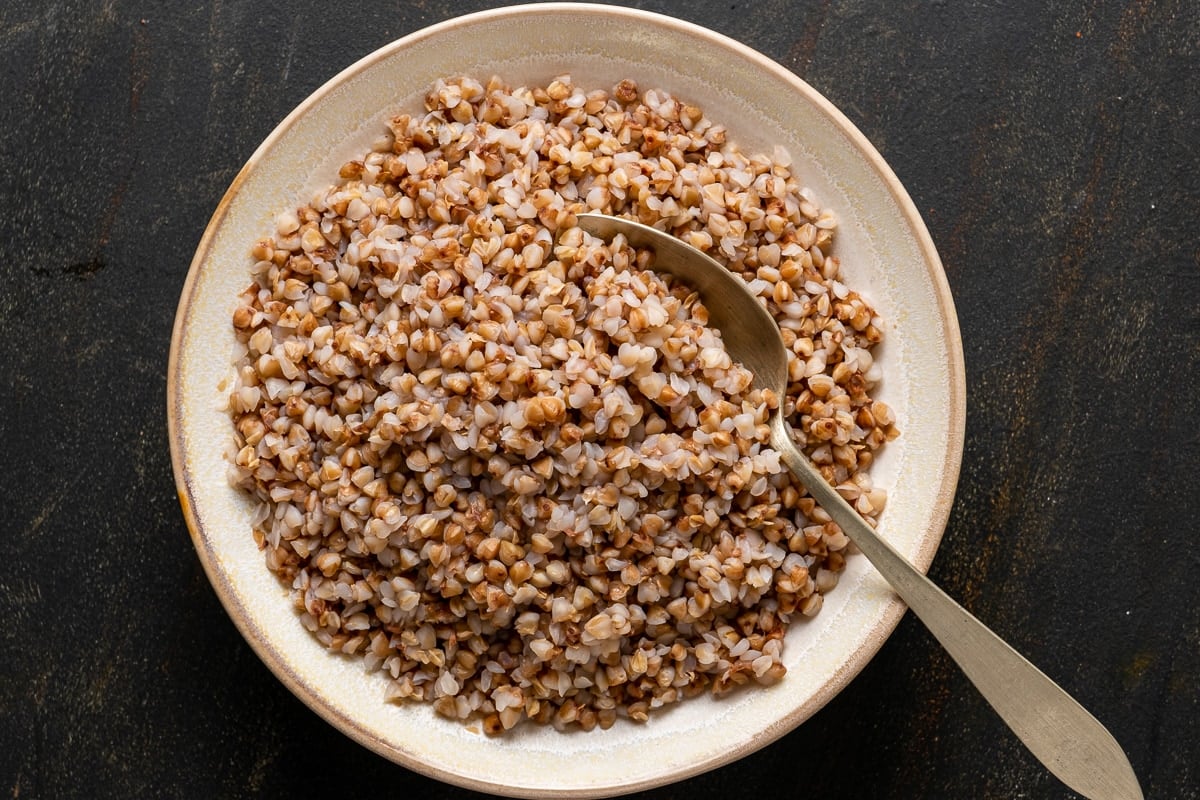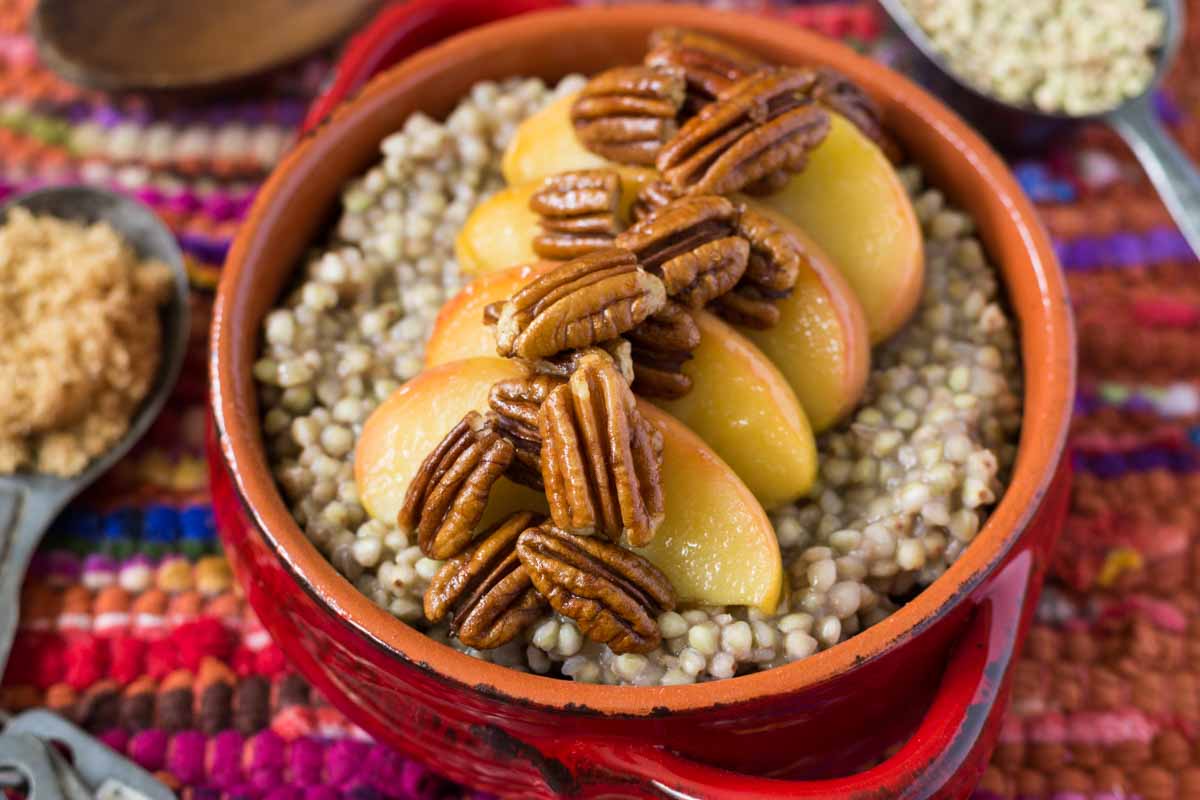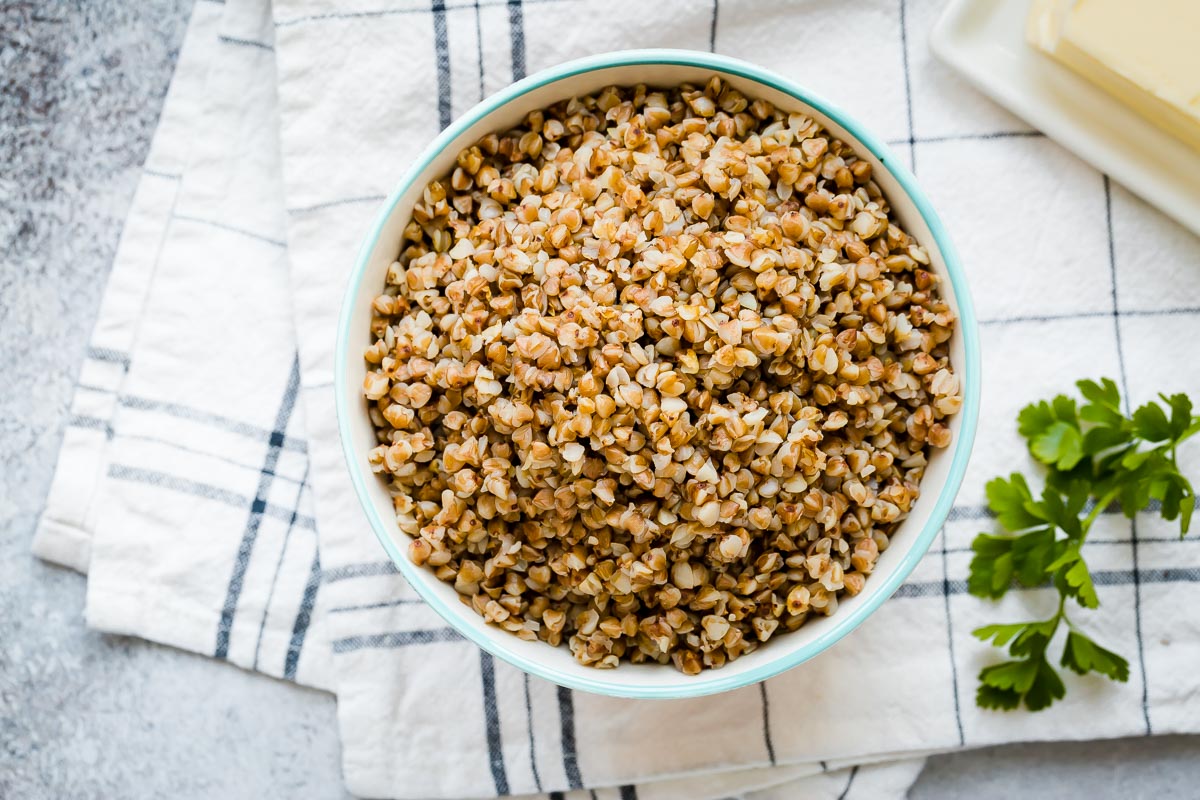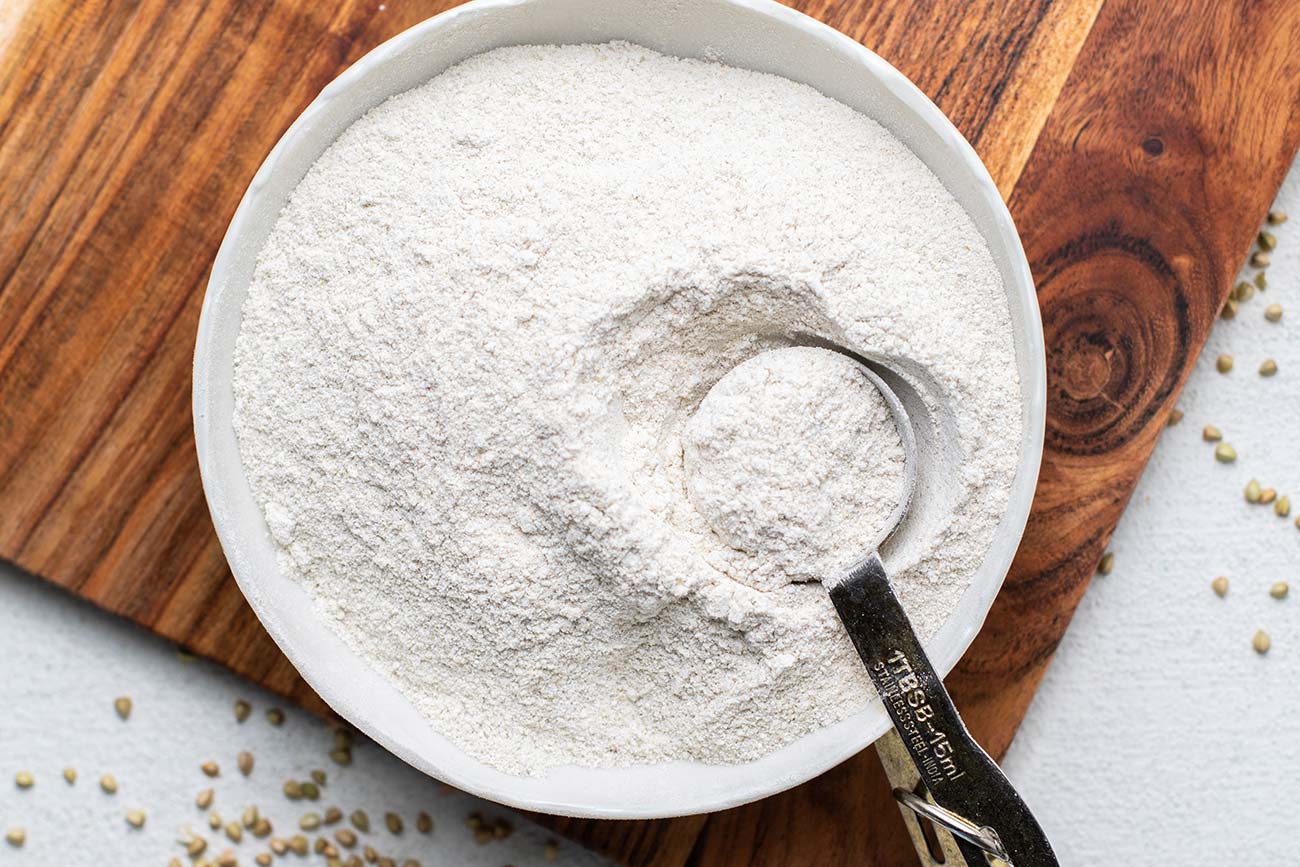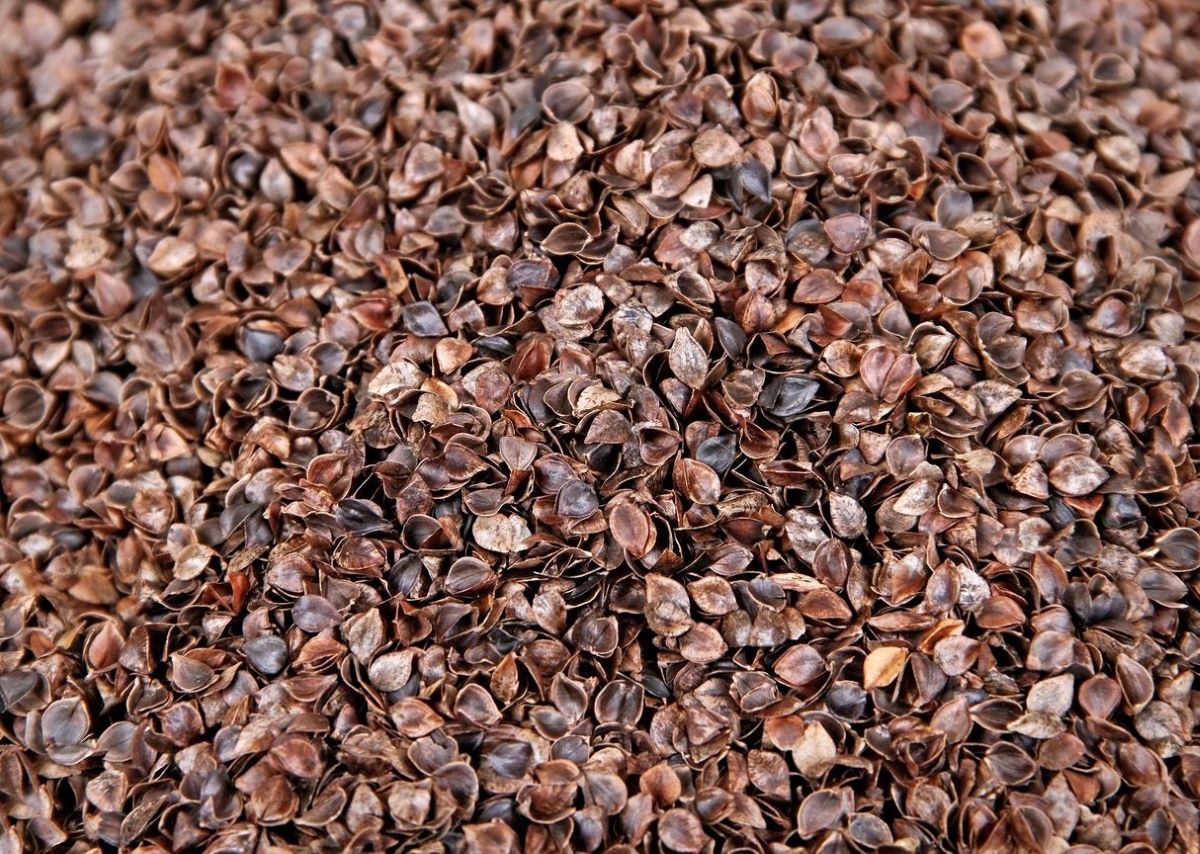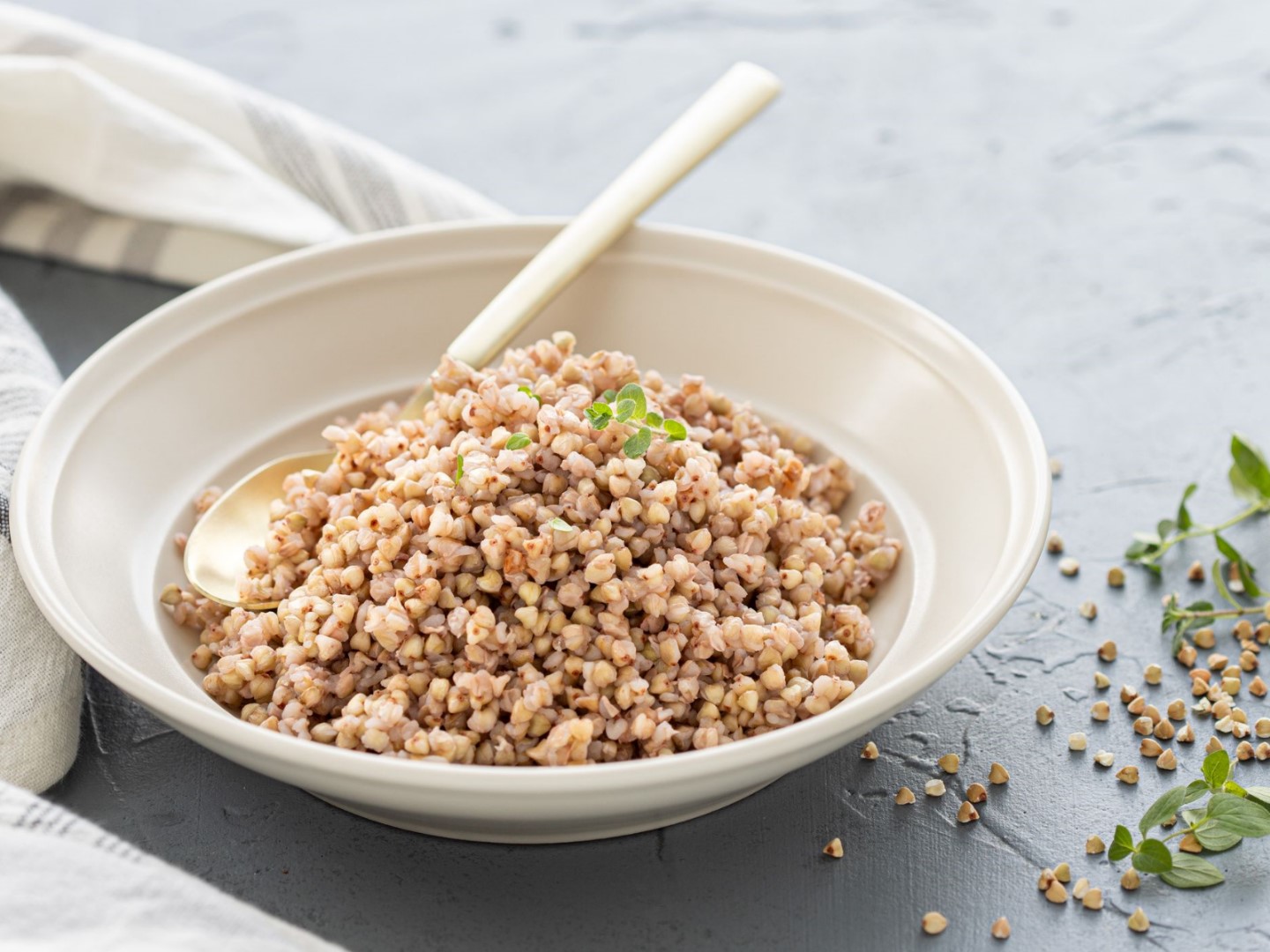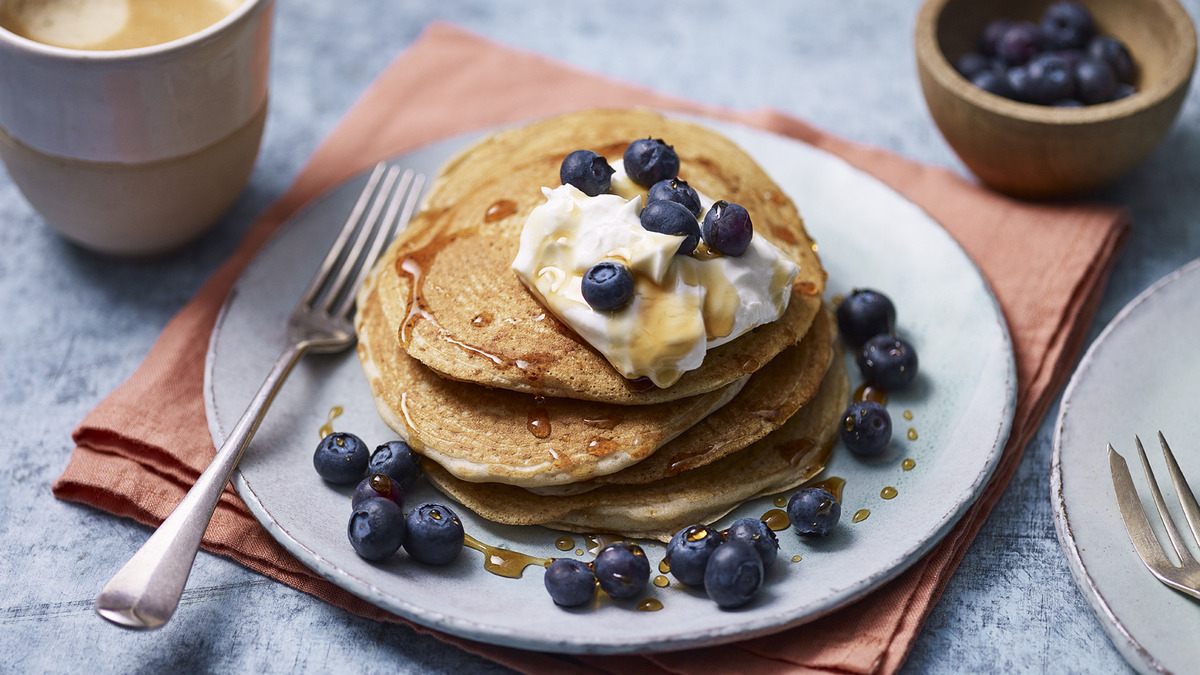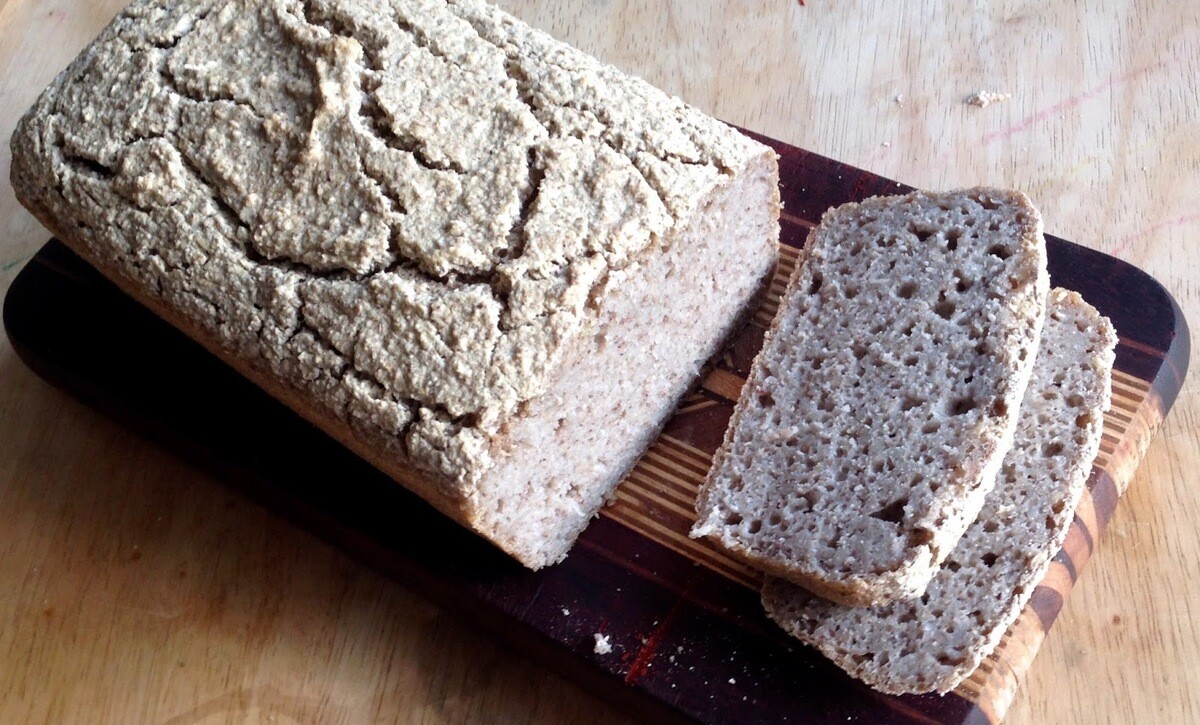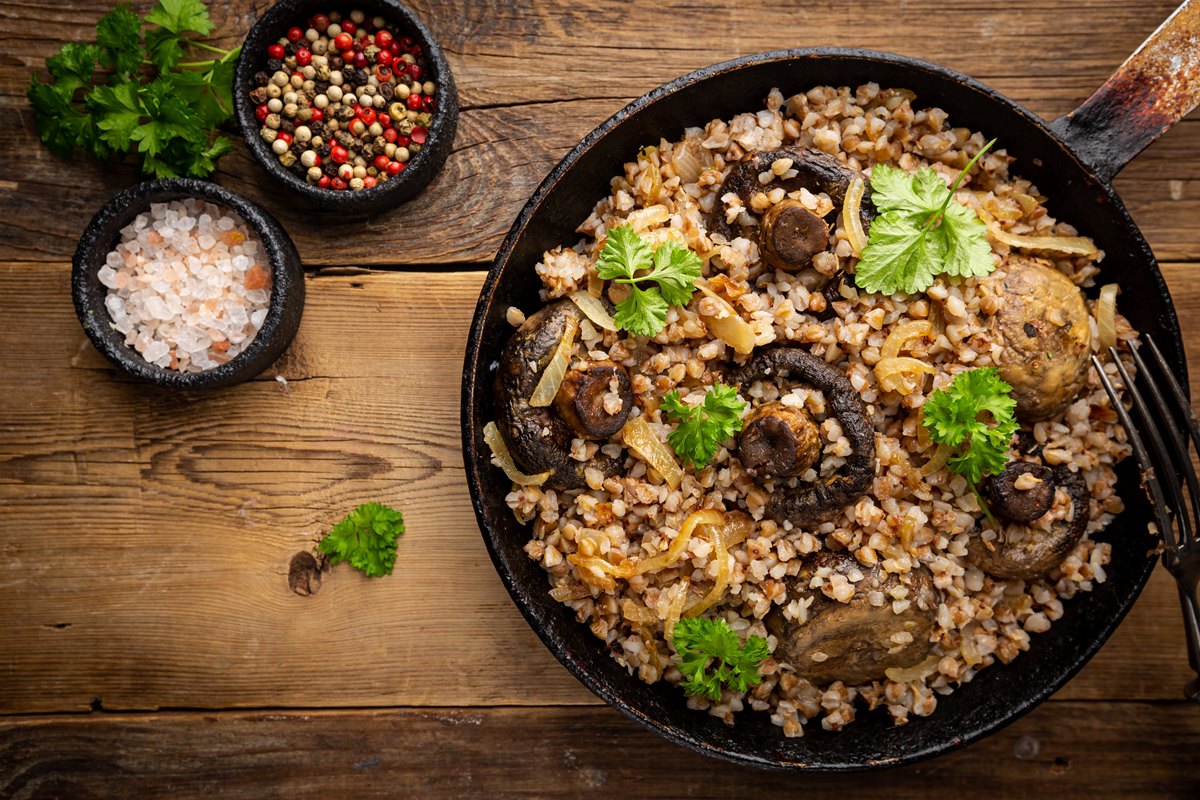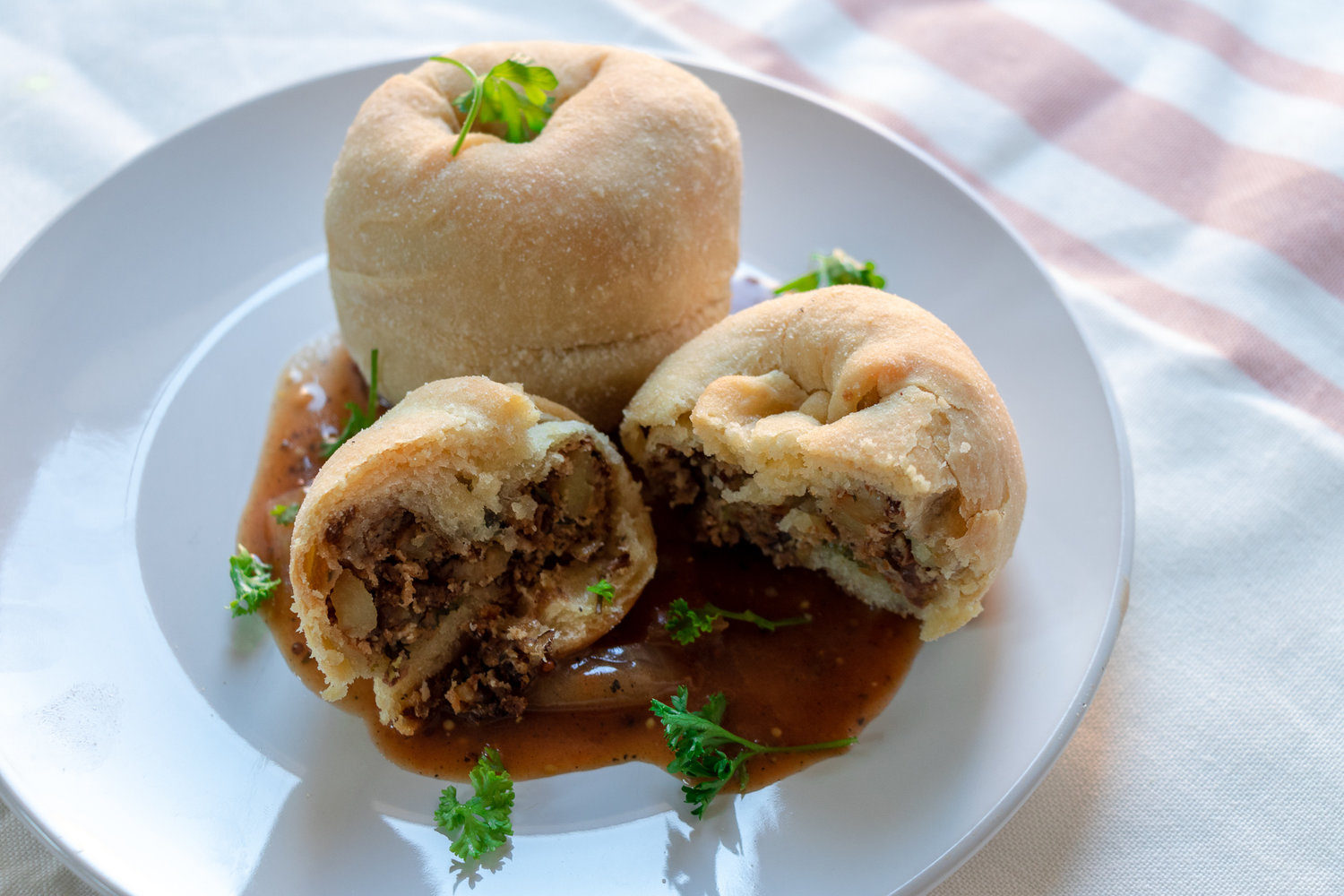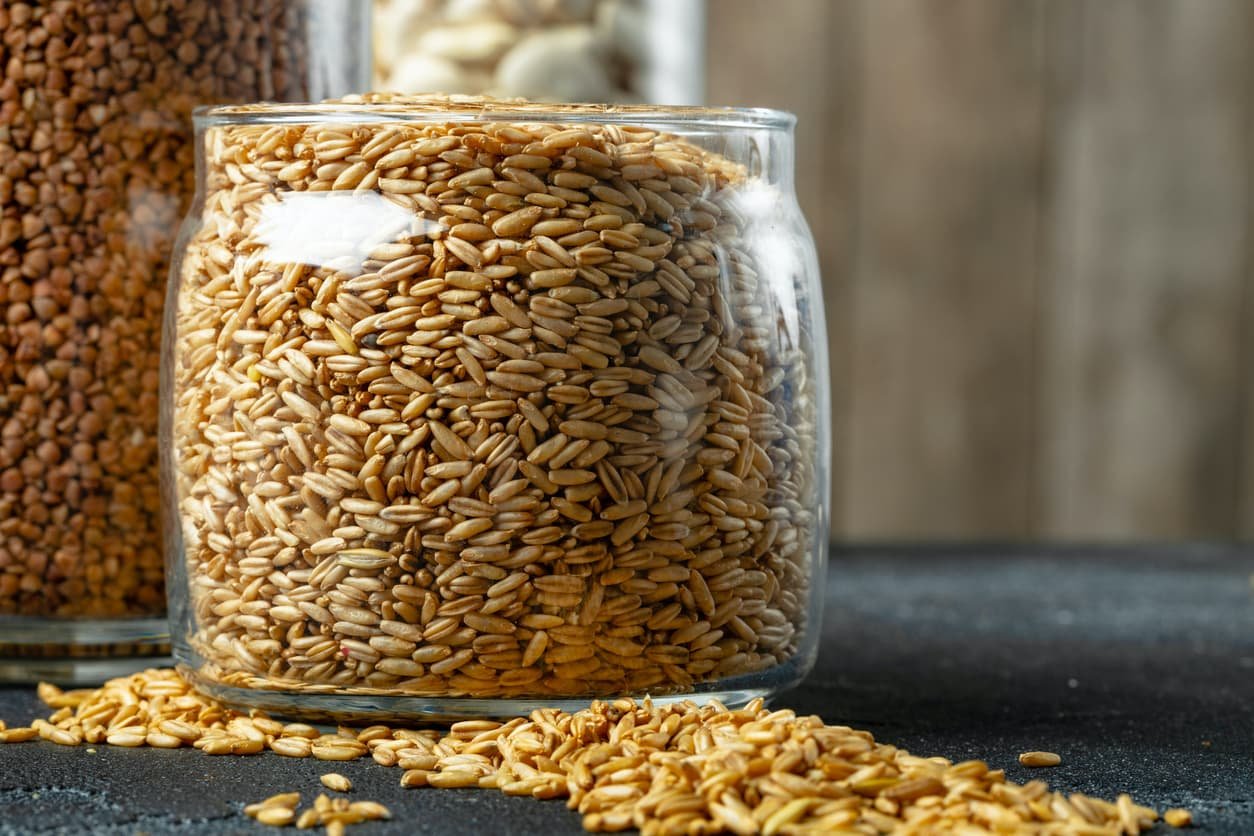Delicious and Nutritious: Buckwheat Groats for Breakfast
Looking for a healthy and satisfying breakfast option? Consider adding buckwheat groats to your morning routine. Not only are they delicious, but they are also packed with nutrients that can help fuel your day. Here’s how you can enjoy buckwheat groats for breakfast:
1. Buckwheat Porridge
Start your day with a warm and comforting bowl of buckwheat porridge. Simply cook the groats in water or milk until they are soft and creamy. Add your favorite toppings such as fresh fruit, nuts, and a drizzle of honey for a delicious and nutritious breakfast option.
2. Buckwheat Pancakes
Swap out traditional flour for buckwheat flour in your pancake recipe. The nutty flavor of buckwheat adds a delicious twist to classic pancakes. Serve them with a dollop of Greek yogurt and a sprinkle of cinnamon for a satisfying breakfast that will keep you full until lunchtime.
3. Buckwheat Breakfast Bowl
Create a customizable breakfast bowl with cooked buckwheat groats as the base. Add your favorite toppings such as sliced bananas, berries, chia seeds, and a drizzle of almond butter. This versatile breakfast option is not only delicious but also packed with fiber and protein to keep you energized throughout the morning.
4. Buckwheat Granola
Make your own buckwheat granola by combining toasted buckwheat groats with nuts, seeds, and a touch of honey or maple syrup. Enjoy it with yogurt or milk for a crunchy and satisfying breakfast that provides a good dose of essential nutrients.
5. Buckwheat Breakfast Burrito
Wrap cooked buckwheat groats, scrambled eggs, avocado, and salsa in a whole grain tortilla for a savory and filling breakfast burrito. This hearty meal is a great way to start your day with a balance of protein, healthy fats, and complex carbohydrates.
Whether you prefer a sweet or savory breakfast, there are plenty of ways to enjoy buckwheat groats as part of your morning meal. Not only are they versatile and delicious, but they also offer a range of health benefits, including being a good source of fiber, protein, and essential nutrients.
Next time you’re looking to switch up your breakfast routine, consider incorporating buckwheat groats for a satisfying and nutritious start to your day.
